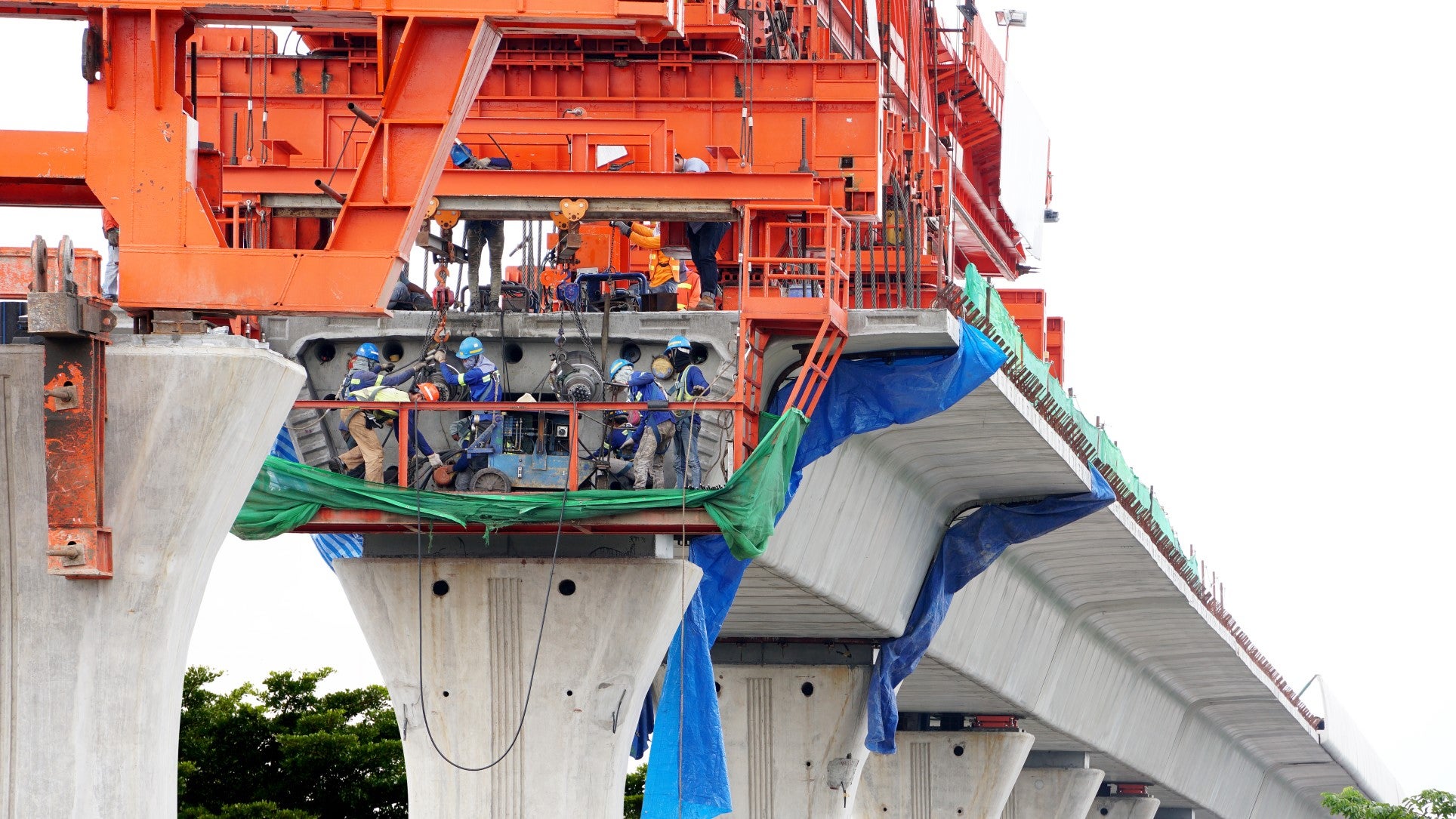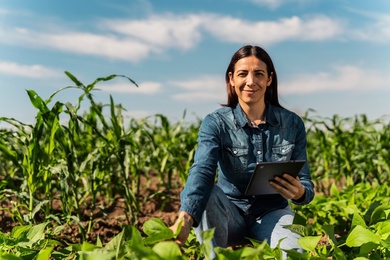Five Posts to Recap 2019 Ahead of 2020

2019 was a memorable year for IDB Invest, as we achieved recognition for our financing work in various sectors and not also met, but surpassed our targets. This year, the impact of disseminating the contribution of our specialists also aided the progress of various initiatives throughout Latin America and the Caribbean, which spanned from the rise of Fintechs, the new challenges in the agricultural sector and the most promising applications in the field of passenger transport, to the tourism potential of Jamaica, the new empowerment of millennial women, and the myths surrounding Public-Private Partnerships or PPPs.
With this in mind, we’ve selected five articles to form a picture of the innovation and challenges that took place this past year. Together, they provide a general viewpoint for 2020 as we begin the year ahead.
- How to understand the language of Sustainable Development Goals?
Sustainable Development Goals (SDGs) have become a natural discussion point when attempting to unify the language of public, private, and philanthropic efforts with that of environmental and social impacts. Samantha Todd tells us that meeting SDGs is good for business: “Estimates show that achieving SDGs could generate US$12 trillion in new market opportunities in just four areas: agriculture, cities, energy, and health”, she said. “Moreover, achieving gender equality, a particularly challenging goal in Latin America and the Caribbean (LAC) could add between US$12-28 trillion per annum to the GWP by 2025”.
Todd also recommended that companies take advantage of SDGs as tools to retain talent and clients. “Millennials, who will make up almost 75% of the global work force by 2025, want to work for socially committed employers that can provide them with a sense of purpose”, she explained.
You may read the original text here.
- Three schemes to foster private participation in health technologies
What are the best options to make public-private partnerships for financing high-tech medical equipment viable? Paula Castillo and Cristina Simón have an answer for this, basing their proposals on the work of Dr. Paloma Alonso: “the development and implementation of these technologies require a strategic alliance with the private sector, given its high level of specialization, innovation, and efficiency”.
There are three public-private partnership schemes that the authors believe to be the best to align the specific needs of the health sector: Technology Partner PPP, Service Concession PPP and Innovative Public Procurement.
According to the authors, "when these schemes are properly developed, they have the potential to generate significant benefits in terms of the cost-effectiveness of investments, as well as in access and quality of health services. As the governments of Latin America and the Caribbean become more familiar with these schemes and their advantages, they will be able to seize the greatest benefits from technological development in the health sector in order to diagnose and treat diseases in the region.
You can read the original text here.
Read our report on PPP + Health, available for free download here.
- The partnership potential of floating photovoltaic systems.
Known as floatovoltaics, these are hybrid hydro-solar power generation systems. Against a backdrop marked by constant change in the global energy matrix, Luis Gabriel Azevedo explains that, “while in the future hydroelectricity will remain a relevant actor in power generation, it may look and operate a bit differently”.
Azevedo, head of IDB Invest's Department of Environmental, Social, and Governance Affairs, explained that hydroelectric power plants that can also generate solar power—or hybrid hydro-solar systems—were proposed at the most recent World Hydropower Congress in Paris.
“These systems present an opportunity to expand photovoltaic (PV) solar power generation and provide several potential benefits”, explains Azevedo. “First, they use existing infrastructure, such as substations and power lines within hydroelectric projects. Hydroelectric power has the capacity to stabilize the fluctuations of photovoltaic generation at night or on less sunny days”.
You can read the original text here.
- How to Accelerate Gender Lens Investing?
Stephanie Oueda, head of Gender and Diversity at IDB Invest, accurately pinpoints the questions that thousands of companies in the region are asking: How do we achieve Gender Lens Investing on our projects? What would these investments look like?
For starters, Oueda draws on the abundant literature on this subject. Bloomberg, McKinsey and myriad other educational institutions and agencies have devoted their time to obtain figures to conclusively demonstrate that "Gender Lens Investing does not only help to reduce gender gaps, but also reflects a productive and exemplary way of doing business.”
This popular post from 2019 is set to become even more relevant in the years to come, and its premise is clear from the outset: "Gender Lens Investing is a profitable and socially responsible venture to create a solid business performance and multiply well-being. It is also a bold and positive way of doing business.”
You can read the original text here.
Download the study "Gender + Finance: How to Accelerate Gender Lens Investing?", a collaboration between IDB Invest and ESADE, by clicking on this link.
- Rethinking the digital paths of Latin America and the Caribbean
The premise is simple: why should an email sent in, let's say. somewhere in Central America, have to travel to the United States before it reaches its recipient in Bolivia? This is a figurative and extreme example, but one that serves to illustrate the lack of datacenters in Latin America and the Caribbean.
"Rethinking digital paths" is something that should be done intensively and immediately. What’s the rush? Gonzalo Aráuz and Guillermo Mulville explain it like this: “What was conceived as a network of networks to share access to large, centralized databases changed completely with the growth of streaming, the advent of cloud computing, and the birth of the Internet of Things. This new demand requires a network in which local and regional connectivity play a much bigger role”.
The greatest obstacles to satisfy this new demand are the lack of regional fiber optics, local connection nodes known as IXPs, and high costs compared to the United States. The promise of solving this challenge translates into two essential effects: more and better local storage and new high-capacity routes.
You can read the original text here.■
LIKE WHAT YOU JUST READ?
Subscribe to our mailing list to stay informed on the latest IDB Invest news, blog posts, upcoming events, and to learn more about specific areas of interest.
Subscribe



